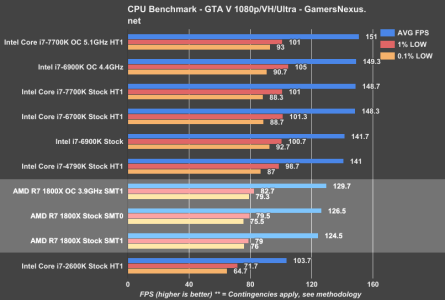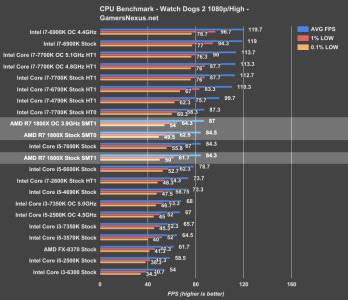Unabomber
Supreme [H]ardness
- Joined
- Jan 1, 2005
- Messages
- 6,766
Another one that should have gotten an honorable mention in my book...
The Power PC 601, not because of the CPU design, but because of the systems in which it were used.
In an RS/6000 workstation running AIX, it was actually a really good performer, and I used one such workstation for molecular modeling back in the earlier part of the 90's.
In the Power Mac systems that were in my lab at the time, they were sluggish, to say the least, even with 16 MB of memory installed. My 2 year old Pentium 90 was already running circles around them, and it was no surprise that people wanted to use my system instead of those grinding Power Macs using those PPC 601's. If anything, even the Mac Quadra that used a 33 MHz Motorola 68040 felt much snappier and more responsive than those Power Macs.
The Power PC 601, not because of the CPU design, but because of the systems in which it were used.
In an RS/6000 workstation running AIX, it was actually a really good performer, and I used one such workstation for molecular modeling back in the earlier part of the 90's.
In the Power Mac systems that were in my lab at the time, they were sluggish, to say the least, even with 16 MB of memory installed. My 2 year old Pentium 90 was already running circles around them, and it was no surprise that people wanted to use my system instead of those grinding Power Macs using those PPC 601's. If anything, even the Mac Quadra that used a 33 MHz Motorola 68040 felt much snappier and more responsive than those Power Macs.
![[H]ard|Forum](/styles/hardforum/xenforo/logo_dark.png)

